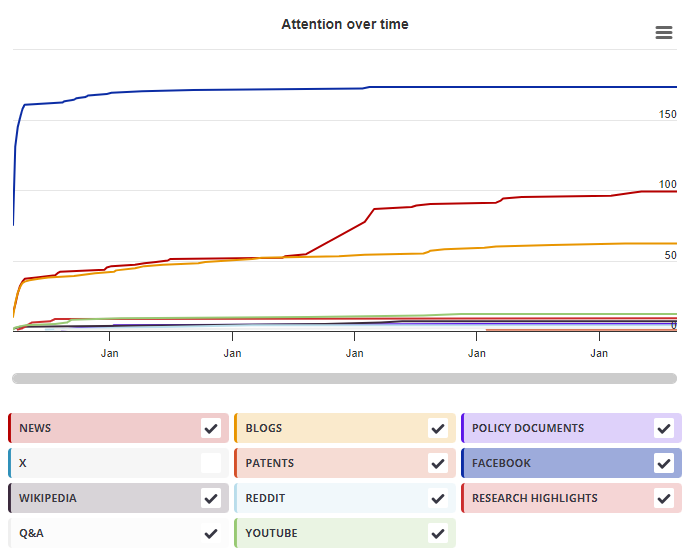| Chapter title |
A Specific Knockdown of Transcription Factor Activities in Arabidopsis
|
|---|---|
| Chapter number | 5 |
| Book title |
Plant Transcription Factors
|
| Published in |
Methods in molecular biology, January 2018
|
| DOI | 10.1007/978-1-4939-8657-6_5 |
| Pubmed ID | |
| Book ISBNs |
978-1-4939-8656-9, 978-1-4939-8657-6
|
| Authors |
Beibei Zheng, Bennett Thomson, Frank Wellmer, Zheng, Beibei, Thomson, Bennett, Wellmer, Frank |
| Abstract |
Transcription factors are pivotal for the control of development and the response of organisms to changes in the environment. Therefore, a detailed understanding of their functions is of central importance for biology. Over the years, different experimental methods have been developed to study the activities of transcription factors in plants. These methods include perturbation assays, where the activity of a given transcription factor is disrupted and subsequently, the resulting effects are monitored using molecular, genomic, or physiological approaches. Perturbation assays can also be used to distinguish primary roles of transcription factors of interest from secondary effects. Thus, molecular genetic experiments after perturbation can be advantageous or even necessary for the precise understanding of transcription factor function at a certain stage of plant development or in a single tissue or organ type. In this chapter, we describe several commonly used techniques to knock down transcription factor activities and provide detailed information on how those techniques are employed in the model plant Arabidopsis thaliana. |

Mendeley readers
Geographical breakdown
| Country | Count | As % |
|---|---|---|
| Unknown | 6 | 100% |
Demographic breakdown
| Readers by professional status | Count | As % |
|---|---|---|
| Student > Ph. D. Student | 2 | 33% |
| Researcher | 1 | 17% |
| Student > Doctoral Student | 1 | 17% |
| Student > Master | 1 | 17% |
| Unknown | 1 | 17% |
| Readers by discipline | Count | As % |
|---|---|---|
| Biochemistry, Genetics and Molecular Biology | 2 | 33% |
| Agricultural and Biological Sciences | 2 | 33% |
| Immunology and Microbiology | 1 | 17% |
| Unknown | 1 | 17% |